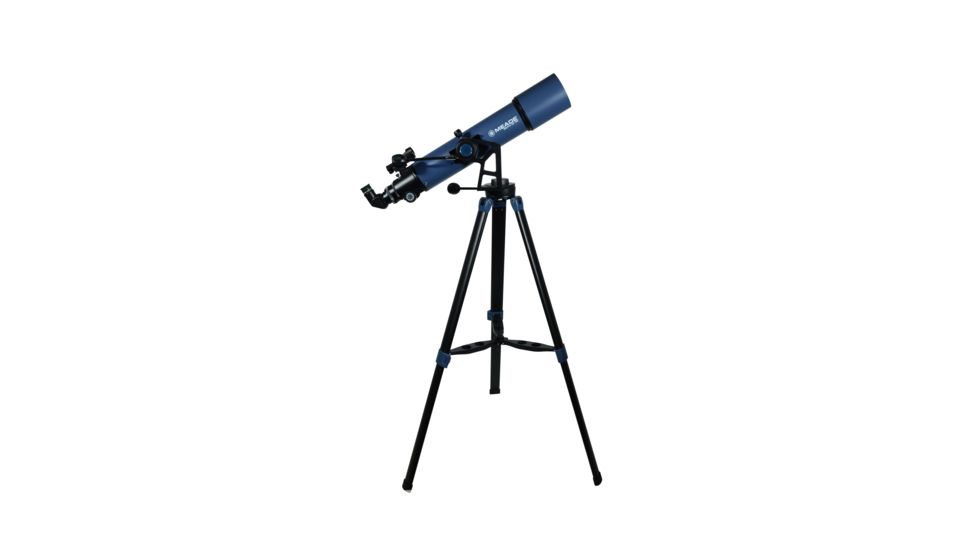

The Red Planet telescope is a Newtonian on an EQ mount. It’s the nature of the beast, so if you’re only intending on searching the skies, the Zhumell is well-worth considering. One consideration about choosing a Newtonian is that it’s not the right kind of scope you want to use for land-based viewing. With an alt-azimuth mount, moving the scope will be easily done especially with its Teflon bearings. It’s also excellent to see that the primary mirror is collimatable which will help with longevity.Īs a tabletop, it’s designed to be lightweight and easily portable, but portability benefits will be further determined by the platform you will use to put it on. Since this is a fast telescope with a focal ratio of f/4, the parabolic mirror which helps with clarity and sharpness is an excellent feature to see at its price point. It provides great seeing quality since it’s a Newtonian, so there shouldn’t be any chromatic aberration especially if you can use quality accessories for your telescope. But, with its size comes portability benefits and optical quality is present. While 4.5” might seem like a large size for the price if you’re comparing it to a refractor, it’s still on the baby end of the aperture spectrum when it comes to Newtonians. It’s priced just right for its size and functionality as an inexpensive Newtonian with a good aperture for a beginner. The Zhumell telescope is a 4.5” tabletop Dobsonian.

Since the market is flooded with many scopes in this price range, here’s a lineup of some of the better ones worth considering.
BEST TELESCOPE FOR ASTROPHOTOGRAPHY UNDER $200 UPGRADE
This is a good price point for beginners and older children who are just getting started in stargazing and who expect to upgrade within the next couple of years. Clarity and sharpness, good control of aberration, although some aberrations are to be expected, and reliable build quality is what you’re after. These affordable scopes must provide great performance in its most basic but essential functions. At this price point, it’s unlikely that it can deliver in the way that you would expect of a more expensive model.įocus on the fundamentals. Try to stay away from pumped-up features that you would see on costly telescopes. Since scopes at this price point are considered inexpensive, they will not have additional features that you would see on more expensive telescopes. This is the price range of $100-$200 that would be recommended to a beginner astronomer. Telescopes under $200 are entry-level and usually synonymous with beginner quality.


 0 kommentar(er)
0 kommentar(er)
